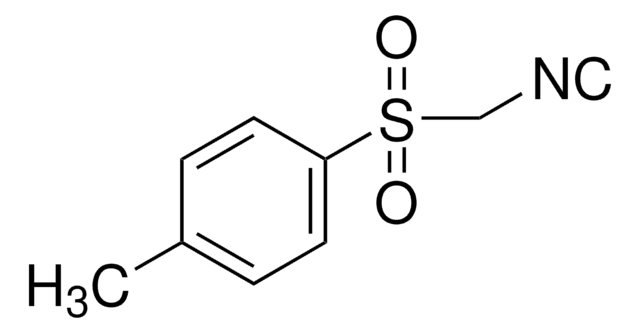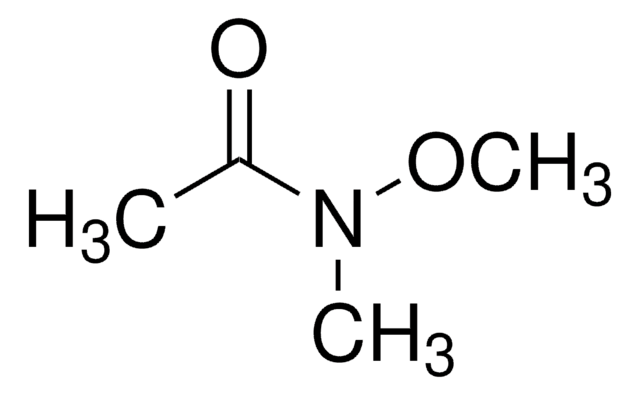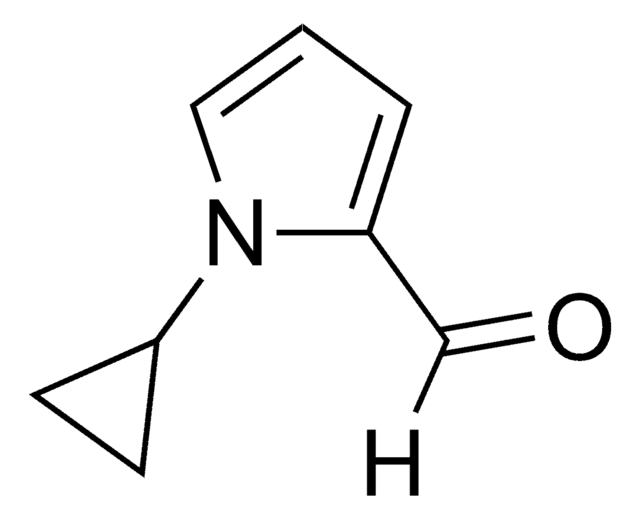LDPG-502
Lyophilized PEGylated Cationic Liposomes
DOPC:Chol:DOTAP:PEG2000-DOPE (55:30:10:5 molar ratio)
About This Item
Produits recommandés
Forme
lyophilized powder
Composition
DOPC:Chol:DOTAP:PEG2000-DOPE (55:30:10:5 molar ratio)
Couleur
white to off-white
Taille moyenne des particules
100 nm
Vous recherchez des produits similaires ? Visite Guide de comparaison des produits
Description générale
Liposomes are extensively used to study the interaction of proteins, peptides and other molecules with the surface of a lipid membrane. One of the parameters that affects this interaction is the charge of the liposomal membrane. Liposomes are always made in aqueous environment and they are sized to the desired size in liquid state using various methods such as high-pressure extrusion through nano sized pore track etch membranes. In rare occasions, liposomes are freeze dried and proliposomes are formed in the presence of a lyoprotectant such as trehalose. Using a lyoprotectant is necessary in order to maintain the size of the liposomes after rehydration.
To improve liposome stability and enhance their circulation times in the blood, a sterically stabilized, hydrophilic polymer, polyethylene glycol (PEG), has been shown to be the optimal choice for obtaining sterically stabilized liposomes. Using a Neutral Liposome with PEG will protect the liposomes from circulating proteins, improving their plasma clearance and enhancing their therapeutic effects.
Cationic liposomes interact with negatively charged glycoproteins (i.e. mucins) on the cell surface, thereby increasing the affinity and residence time with the target cells, resulting in increased drug delivery.
Application
- Liposomes are formed upon hydration of the lyophilized formulation. If the lyophilized liposomes are hydrated with solution containing a water-soluble drug, then a large percentage of the drug will stay outside of the liposomes and in non-encapsulated form. It is advised to use a micro dialysis cassette or a spin column using the right-side beads (depending on the size of your drug) and separate the drug encapsulated liposomes from free drug and perform the drug assay in order to calculate the encapsulation efficiency.
- Lyophilized liposomes are mainly recommended to be used with drugs that have a short life in aqueous solution mainly due to hydrolysis. After adding the solution of the drug to lyophilized liposomes, the liposomes should be used immediately.
- Lyophilized liposomes products should be used by scientists who understand liposome formulation and have the proper equipment in order to check the size, separate the non-encapsulated drug and do the proper assays.
- Trehalose is used as a lyoprotectant in all freeze-dried liposome formulation. The size distribution after hydration of the freeze-dried formulation will be around 100 nm.
- Freeze-dried liposomes should be kept at -20°C.
Code de la classe de stockage
13 - Non Combustible Solids
Classe de danger pour l'eau (WGK)
WGK 3
Point d'éclair (°F)
Not applicable
Point d'éclair (°C)
Not applicable
Faites votre choix parmi les versions les plus récentes :
Certificats d'analyse (COA)
It looks like we've run into a problem, but you can still download Certificates of Analysis from our Documents section.
Si vous avez besoin d'assistance, veuillez contacter Service Clients
Déjà en possession de ce produit ?
Retrouvez la documentation relative aux produits que vous avez récemment achetés dans la Bibliothèque de documents.
Notre équipe de scientifiques dispose d'une expérience dans tous les secteurs de la recherche, notamment en sciences de la vie, science des matériaux, synthèse chimique, chromatographie, analyse et dans de nombreux autres domaines..
Contacter notre Service technique








